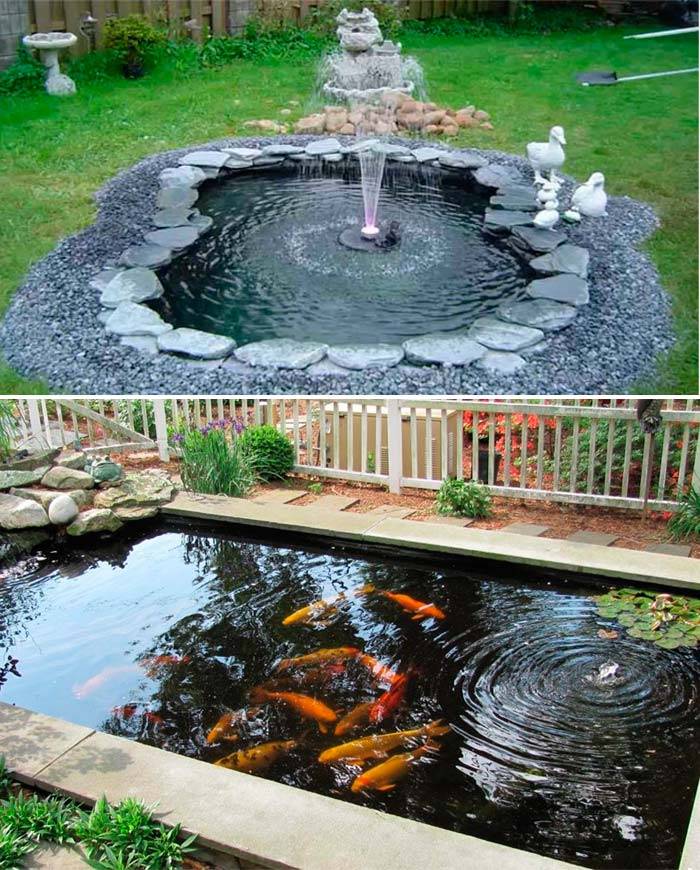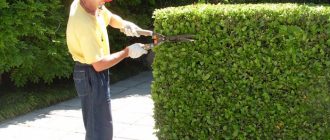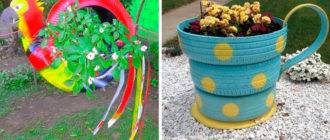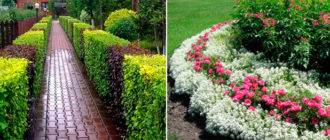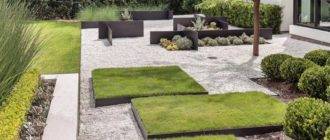I have long dreamed of a small pond in the garden. Well-groomed and framed by beautiful plants, it will decorate any place. I read a bunch of information, decided on such an experiment.

Seat selection
The first thing is to choose the right place. It should be sunny, but not open, blown by all the winds. It should also not be placed next to deciduous trees. Not only will they shade the pond, and the leaves will pollute it in autumn, but their roots are likely to damage the shape or the film.
Material selection
The second important preparatory work is the choice of material from which your pond will be made. Special plastic molds of various sizes and configurations are available in stores. As a rule, they are two-level, so it is possible to grow plants that prefer different water levels in them.
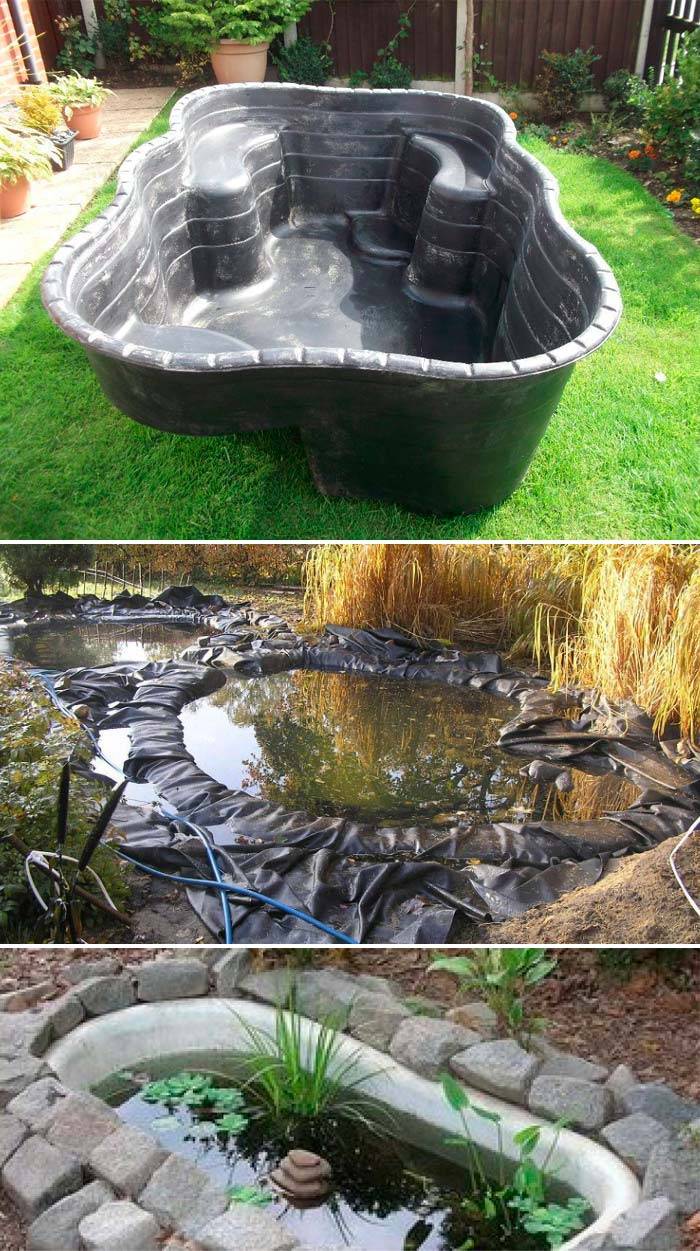
It is possible to use a waterproof PVC film, this is a more complicated procedure, but your imagination will have no boundaries. You can simply use an old bath, sink or basin.
Preparatory work
The third step will be to prepare a pit for a pond. In the case of a plastic mold, outline the contour and dig it out wider and deeper by 15 cm than it is. Remove all rocks and roots from the bottom. Compact the soil, add 15 cm wide sand and compact.

For the film, dig a hole according to the dimensions that you came up with and taking into account the fact that it should extend beyond the sides by 30 cm.You also need to pour sand on the bottom.
Main works
The fourth stage is the laying of the form. Place it in a hole and fill it halfway with water. Fill the distance between the end of the ditch and the pond with earth and sand in equal proportions. Pour water into the reservoir up to the top. Place stones on the sides.
In the case of laying the film, cotton canvases (pieces of fleece film) are laid down to protect it. Then carefully lay the film, releasing the edges. On the bends, it must be rolled up. Then, fill the pond with water, and press the stones that go beyond.
Design decoration
The main steps are done. Now we need to decorate our reservoir, so that not only the water calms us down, but also its framing brings aesthetic pleasure. In the background, plant shrubs: red viburnum, a little further bamboo leaf grate.

In front of the bamboo, a marsh marigold or a European swimsuit. Place a lot of Iris (iris) along the shore; for the winter they need to be covered with foliage or dry grass. Then plant the spotted loosestrife, the cuff is soft.

When the water warms up, it takes about a week for this, place the hybrid water lilies in special baskets (for them, the water depth needs from 40 cm to 70 cm). For better saturation of the pond with oxygen, plant elodia canadensis, hornwort, swamp. Near the shore there are ordinary floating telescopes (they need a depth of no more than 20 cm), marsh iris. On the contrary, in a special basket, place the broadleaf cattail.
Do not forget that the plants planted in baskets grow, over time they will need to be divided. The best time for this is early spring or autumn. Be sure to divide the rhizomes in a damp place. Place the separated water lilies in new baskets.
Collect fallen leaves, branches, debris, otherwise they sink to the bottom and decompose there, clogging up the reservoir. Watch for algae overgrowth.
If you decide to have fish in the pond, please note in advance that it must have a volume of at least 20 m². The depth that will not freeze in winter is about 1.5 m or more. Make holes in a crust of ice if the fish are hibernating in the pond. For even more relaxation, build a fountain in the pond using a submersible pump.
This is how in five steps you can create a cozy corner for yourself and the natural inhabitants around you.

